The press conference
A moving press conference was held at the picturesque Lake Borówno, in the shadow of the Cemetery of the Victims of Nazi Terror on 23 June 2025. The event shed new light on the tragic events of World War II. Dr Dawid Kobiałka from the Institute of Archaeology of the University of Lodz played a key role in finding more "death pits" containing the remains of over 20 people murdered by the German occupier. This is the result of intensive work conducted as part of the investigation by the Regional Commission for the Prosecution of Crimes against the Polish Nation (OKŚZpNP) in Gdansk.
The conference was also attended by representatives of the Institute of National Remembrance: dr hab. Karol Polejowski (Deputy President), Dr Marek Szymaniak (Director of the Gdańsk Branch of the Institute of National Remembrance) and Prosecutor Tomasz Jankowski (Head of the Gdańsk Office for the Prosecution of Crimes against the Polish Nation). It was underlined that the Commission for the Prosecution of Crimes against the Polish Nation has been persistently investigating the so-called Pomeranian crime for years, recalling the recent, moving funeral of about 700 victims extracted from the notorious "Valley of Death" near Chojnice. The issue of the horrifying discovery in Działdowo, where the Germans hid 16 tons of ashes of burnt prisoners, was also raised.
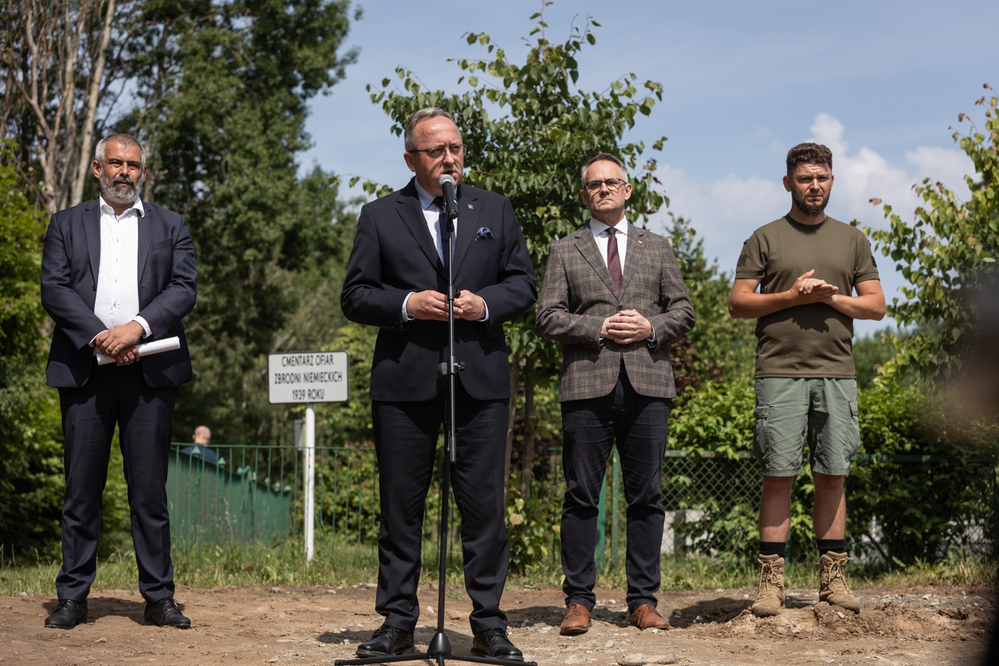
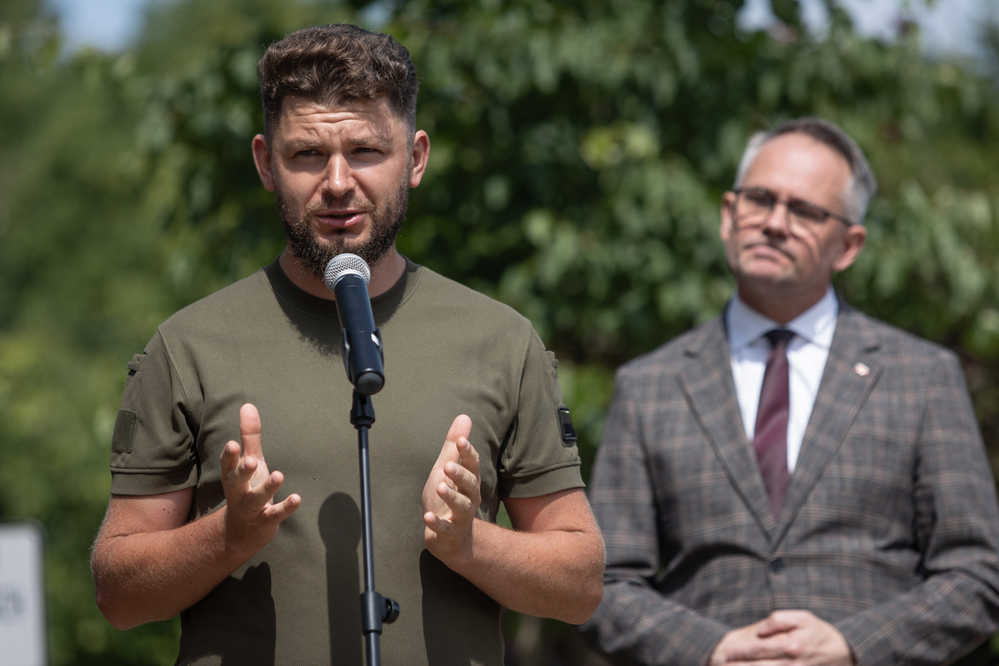
In the footsteps of history: how former trenches became a site of crime and its cover-up
The procedural activities in Borówno, supervised by the investigative division of the Institute of National Remembrance, concluded on 15 June 2025, focused on the mass murders that took place in October 1939. Archaeological research, conducted under the direction of Dr Kobiałka, revealed the grim truth about how the fields surrounding Lake Borówno became an arena of unimaginable atrocities.
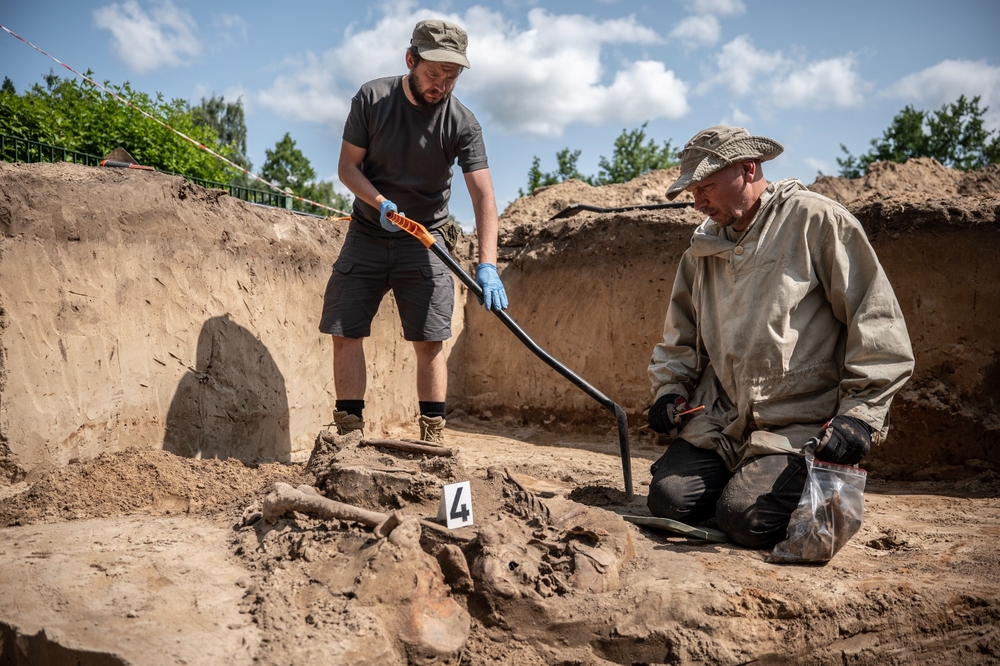
It is surprising that the lines of field fortifications (trenches), built in the summer of 1939 and not used in defensive battles, were cynically used by various German formations to carry out mass executions. The archaeological work had two goals: on the one hand, to find unknown and previously unmarked graves of victims, and on the other – to document and analyse traces related to Aktion 1005. It was a deliberate exhumation action by the Germans in June 1944, aimed at destroying all material evidence of the committed crimes.
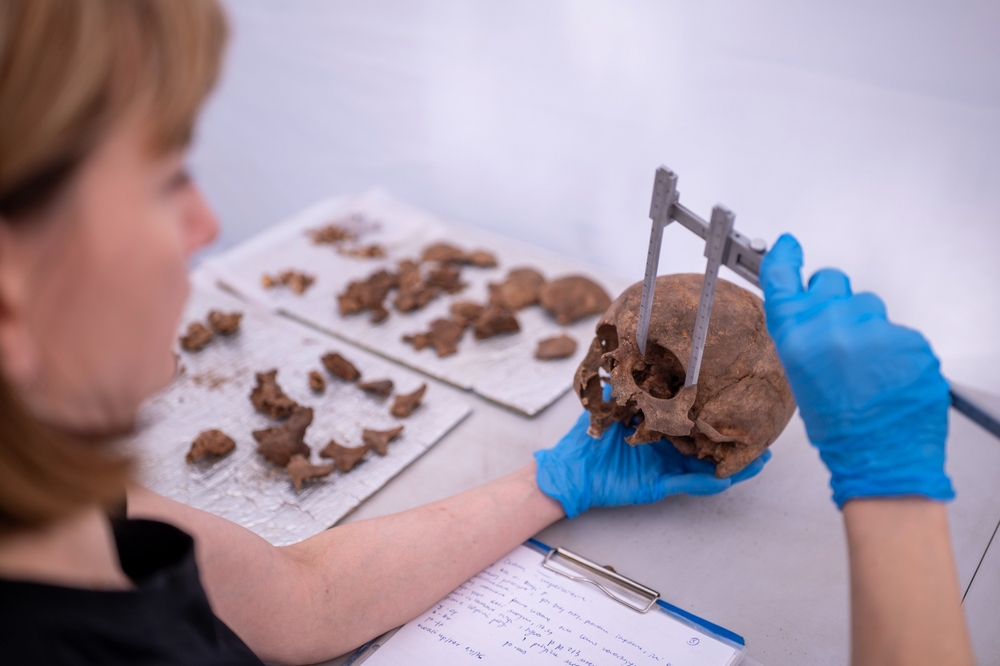
Archival documentation confirms that in 1944, special German units arrived at Lake Borówno to extract and burn the bodies in the nearby forest. After the war, thanks to detailed examination and witness interviews, it was possible to locate the place where the bodies were burned and the trench from which they were extracted. Importantly, two branches of the trench, which miraculously escaped destruction, allowed the exhumation of the remains of 102 people in 1945. The latest discoveries in Borówno are therefore a continuation of these historical activities and are another extremely important step in the process of restoring dignity to the victims and perpetuating the memory of these terrible events.
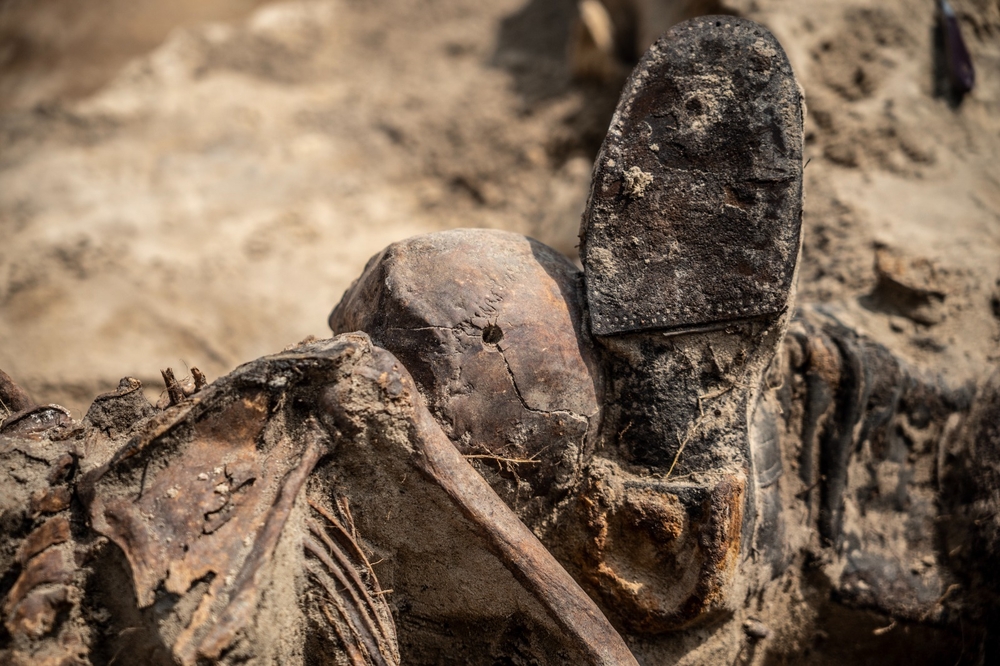
Materials from the archaeological works
MORE INFORMATION Institute of National Remembrance (in Polish)
MORE INFORMATION RP.PL (in Polish)
Source and video: Institute of National Remembrance
Edit: Mateusz Kowalski (Faculty of Philosophy and History, University of Lodz)
Photos: Daniel Frymark, Roman Jocher
